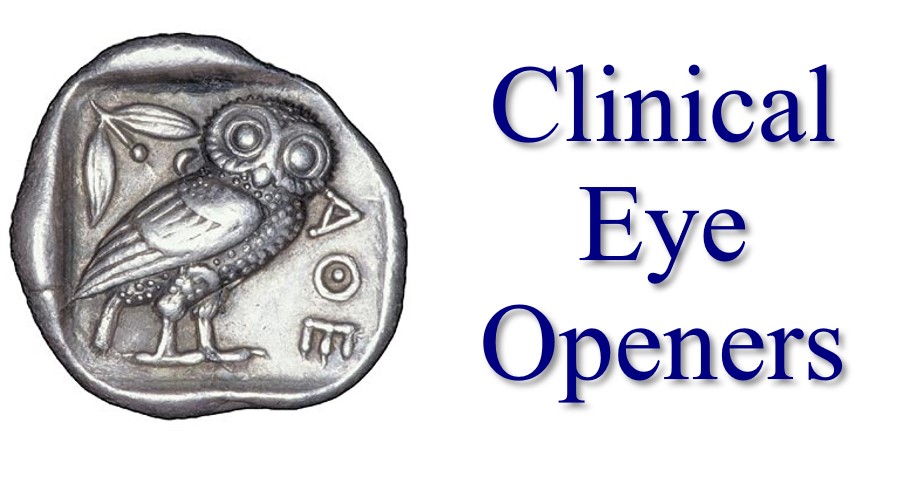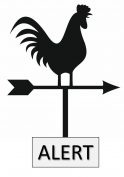Cherish the Exceptional – Concurrence of Schwannomatosis and Brachydactyly Type D

Concurrent inheritance of 2 gene mutations is exceptional. If one of the two is due to an unknown gene, its discovery may be accelerated by the presence of the other concurrent mutation. The closer is the location (locus) of a mutated gene to another, it is much more likely that both of them will be inherited concurrently. For example, we observed brachydactyly type D in a young patient with Schwannomatosis – the first is due to a mutated HOXD13 gene and the other may or may not be due to a mutated SMARC B1 or B2 or other genes. Because it is known that the gene for the first mutation is located on chromosome 7 in the area 15 (7p15), it is reasonable to focus initial investigations of the second mutation in this vicinity.
Schwannomatosis is a rare disorder often referred to as Neurofibromatosis type 3 (NF-3). It is characterized by the development of multiple peripheral nerves schwannomas which tend to be painful. It is unclear what relation, if any, NF-3 has with NF-2 (some investigations show that the chromosomal site (locus) of NF-2 on chromosome 22q is proximal to the locus of NF-3).
In summary, unusual cluster of concurrent signs should be cherished by clinicians and serve as a starting point for discoveries.




